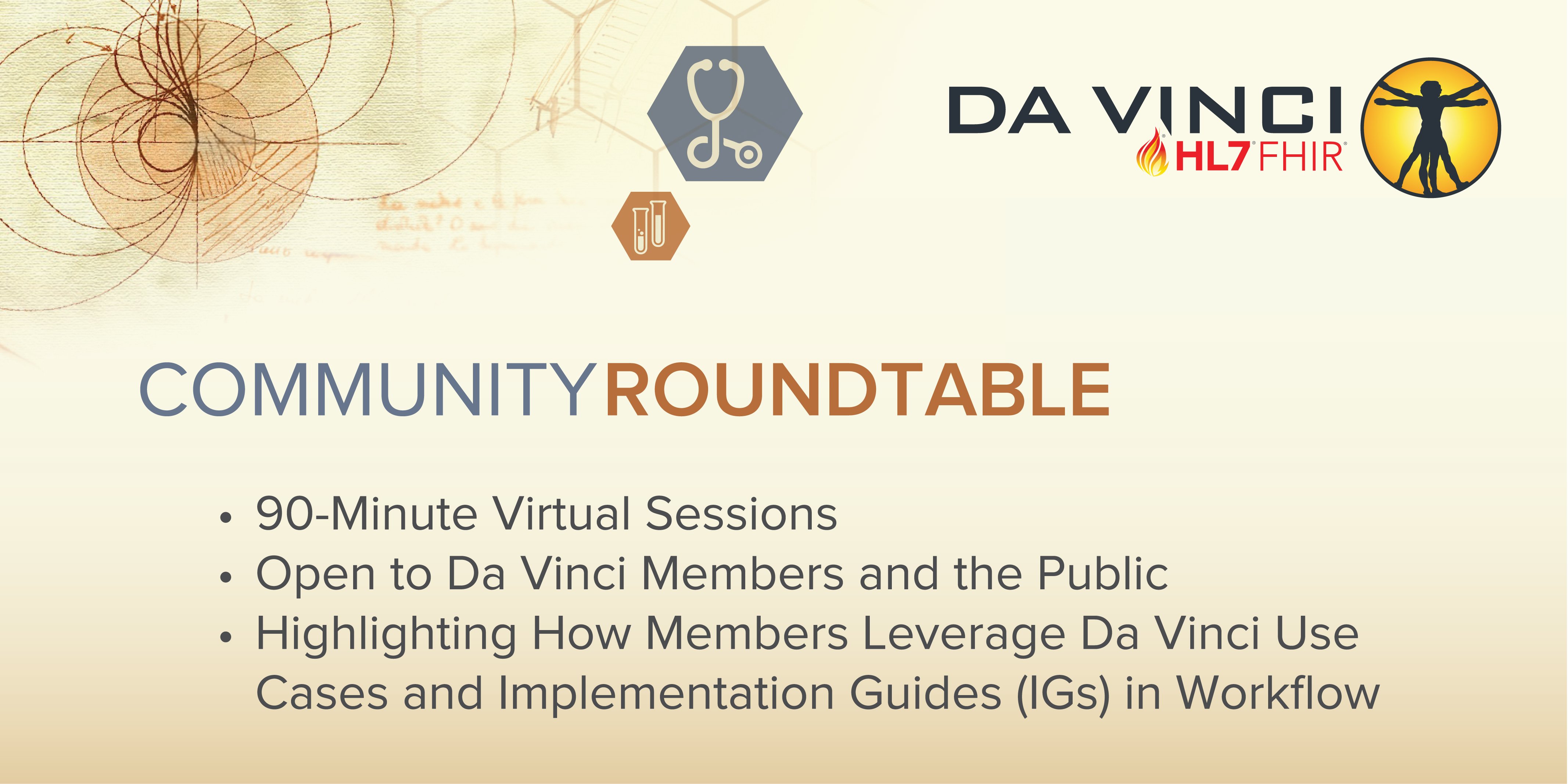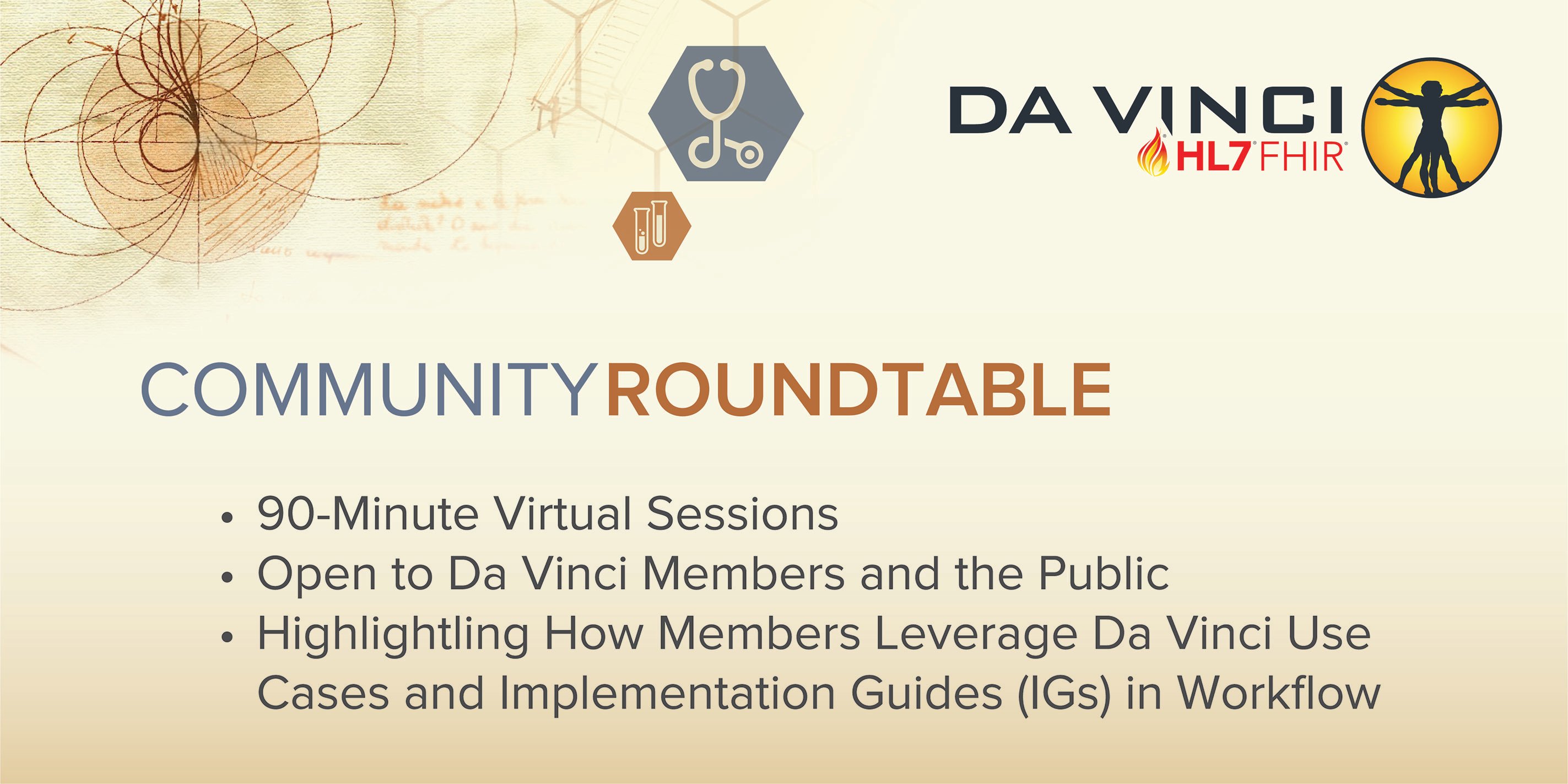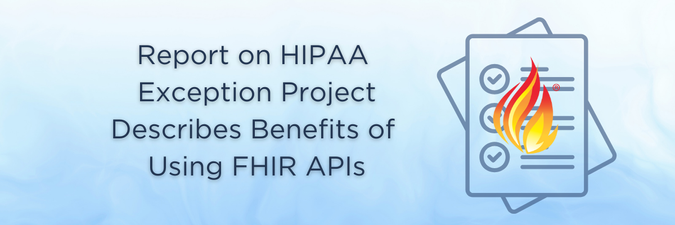Are you a member of a technical team that’s beginning its journey toward implementing HL7's Fast Healthcare Interoperability Resources (FHIR®) application program interfaces (APIs)? Then don’t miss an upcoming three-day online educational event offering two technical tracks tailored to your needs.
Two days of interactive content delivery and demonstrations will be followed by a Connectathon that will provide implementers and developers with the opportunity to test FHIR-based solutions and exchange data with other FHIR interfaces.
Organizations that want to fast-track implementing HL7 FHIR APIs to automate workflow, maximize efficiency and meet federal requirements of the CMS Interoperability and Prior Authorization Final Rule (CMS-0057-F) should encourage their technical teams attend this online event.
“We designed two tracks for technical team members at provider and payer organizations, as well as technology vendors, who are looking for a crash course on making the most of FHIR,” says Viet Nguyen, M.D., Technical Director of the HL7 Da Vinci Project. (Da Vinci has developed implementation guides for putting FHIR to use in supporting value-based medicine.)


.png)





